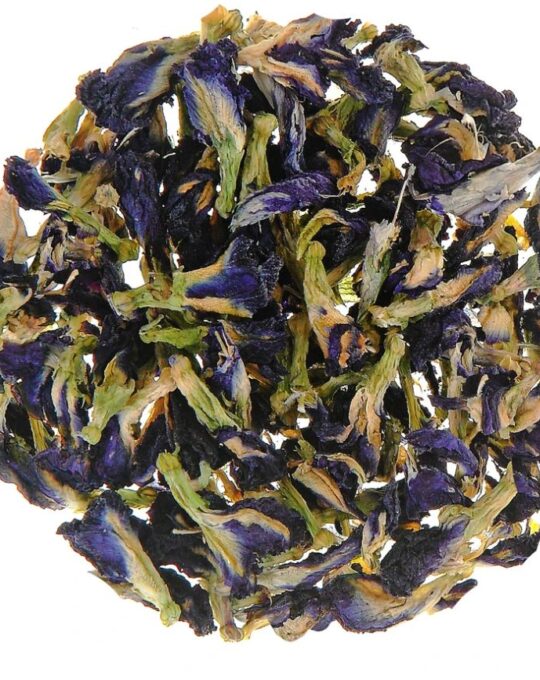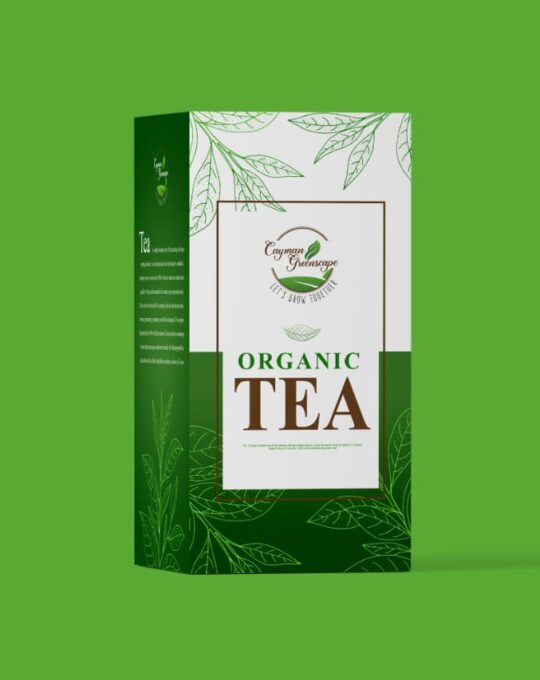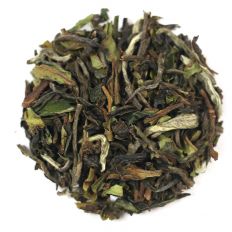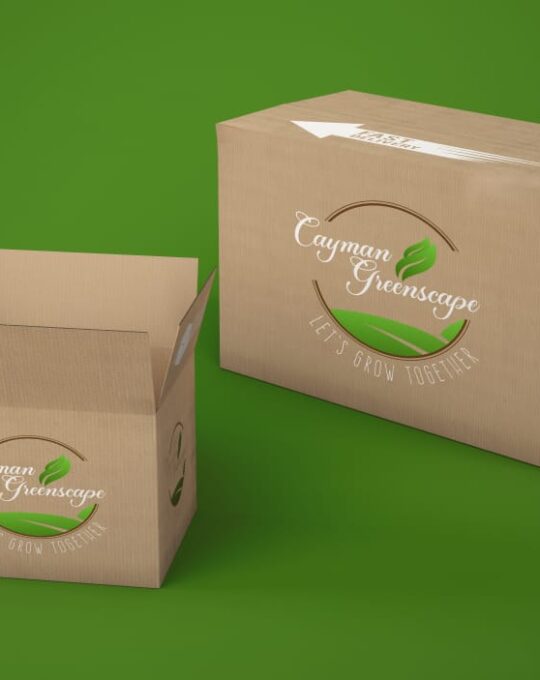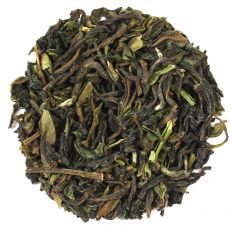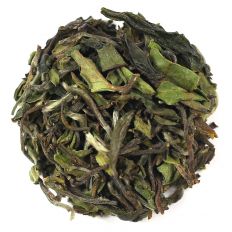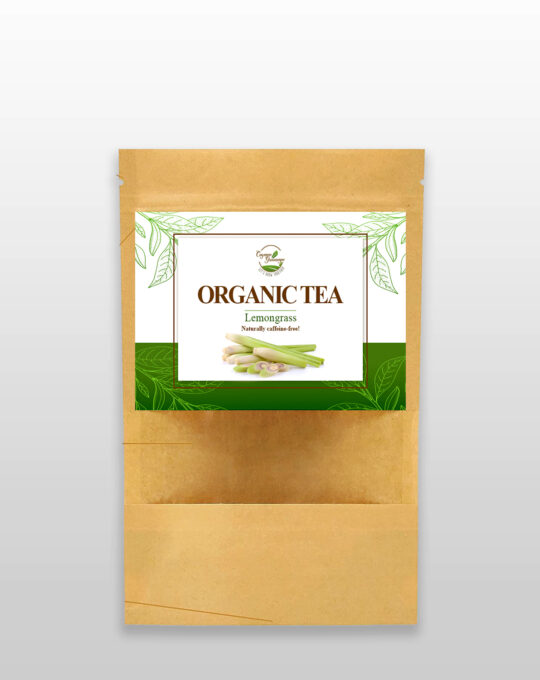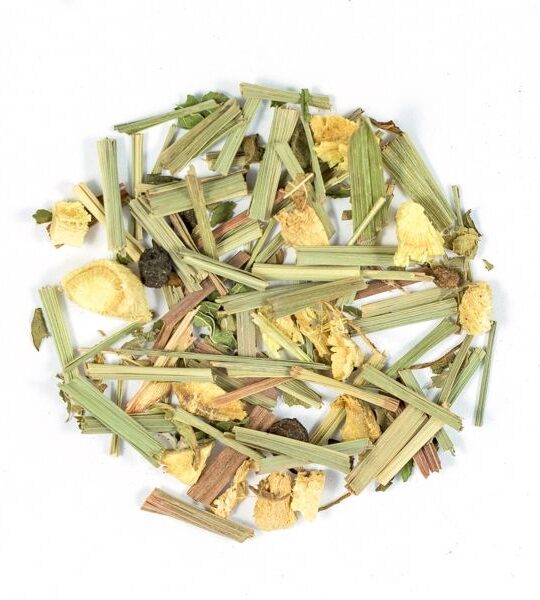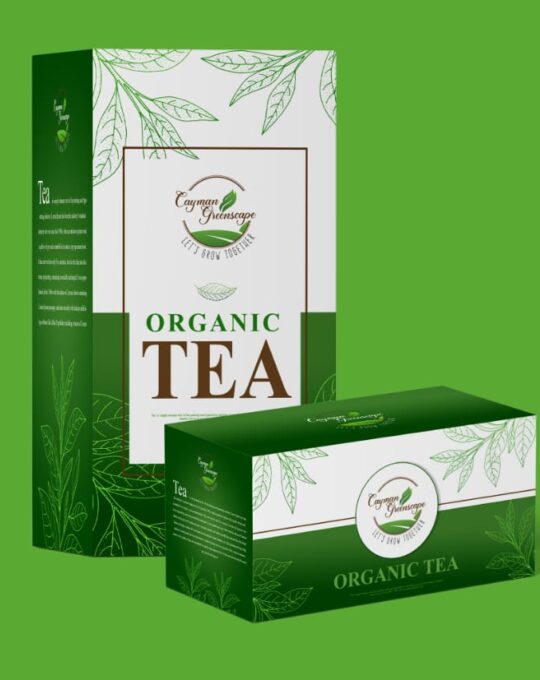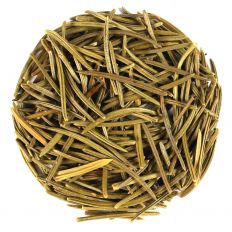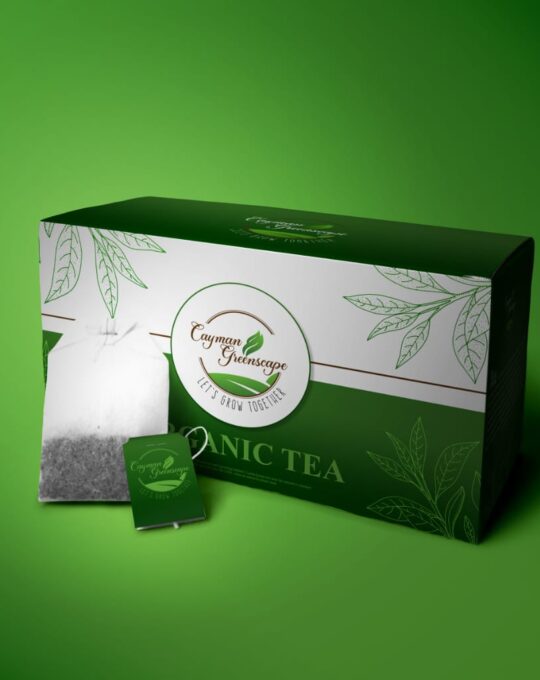Darjeeling First Flush Balasun 2021 is a Loose Leaf Black Tea from the Darjeeling District of West Bengal, India. Workers harvest it during the first flush season, which connoisseurs consider the best of the best when it comes to Darjeeling Tea.
Even better, perhaps, is the fact that the Balasun Tea Garden has an excellent reputation for producing full-bodied infusions with grassy undertones.
The Balasun Tea Estate
Balasun was founded in 1871, its name deriving from the river that flows at the bottom ridge of the garden. It lies at altitudes between 1,600 and 4,600 feet above sea level, near the town of Sonada.
An estimated 100,000kg of Organic Darjeeling Tea is produced from 181.38 hectares (448.2 acres) of Tea-growing land annually. This particular Tea was plucked and processed in late March.
Caffeine Levels in Darjeeling Tea
Contrary to popular belief, Darjeeling First Flush is Black Tea, not Green Tea. Though the leaves are green in appearance, their character and caffeine levels are that of a heavily oxidised variety.
You can expect around 45-mg of caffeine per serving. Additionally, there are no more than two calories within. We pack it fresh to order, ensuring not only quality but also consistency.
How to Brew Darjeeling First Flush Balasun 2021
- Add about five grams of Loose Tea to a Tea Filter or Infuser.
- Place the Tea-filled accessory in a cup or mug.
- Begin brewing by pouring in freshly boiled water.
- Allow it to steep for 2-4 minutes.
How to Serve: Best served without additions. However, some like honey or lemon.
Tasting Notes: Expect a robust flavour with muscatel notes and grassy hints.
Benefits of Drinking Darjeeling First Flush Balasun 2021
If taste alone isn’t enough, then you might be pleased to know that evidence suggests that Darjeeling Tea comes with health benefits.
This is due primarily to its wealth in vitamins, minerals and other antioxidants, which combat and neutralise free radicals in the body. Doing so reduces the risk of developing a multitude of chronic conditions. What could be better than that?
Darjeeling First Flush Chamong 2021 is part of our 2021 First Flush collection. It is a type of Black Tea from the Chamong Estate, consisting of a well-made, neat green leaf.
When brewed, expect nothing less than a beautiful amber liquor and a quintessentially Darjeeling Tea taste best described as floral and muscatel. We pack it fresh to order here at our Kent-based factory.
The Chamong Tea Estate
Established in 1871, Chamong takes its name from the local Lepcha people, who once called a vocal bird living nearby “Chamoo.” Tea covers 132 hectares (330 acres) of the garden, located at altitudes between 1,150 to 1,850 metres (3,770-6,070 feet) above sea level.
It has also received fair trade and Rainforest Alliance certification, ensuring the welfare of the local environment and those living and working in it.
Does Darjeeling First Flush Chamong 2021 Have Caffeine?
Caffeine is a stimulant found in at least sixty plants. This includes Tea from the Camellia sinensis plant and Coffee from the Coffea plant.
The fact that Darjeeling First Flush Chamong 2021 is a Black Tea means that it has relatively high levels of caffeine. Should you need extra help getting out of bed in the morning, in other words, you’ve chosen exceptionally well here.
How to Make Darjeeling First Flush Chamong 2021
- Add about five grams of Loose Leaf Tea to a Tea Filter or Infuser.
- Place the Tea-filled accessory in a cup or mug.
- Begin brewing by pouring in freshly boiled water.
- Allow it to steep for 2-4 minutes.
How to Serve: Best served without additions. However, some like honey or lemon.
Tasting Notes: Embrace a refreshing muscatel flavour with every sip.
Health Benefits of Darjeeling First Flush
Numerous scientific studies indicate that Black Tea, regardless of the type, improves life in small yet significant ways. Our very own Darjeeling First Flush Chamong 2021 is, of course, no exception.
Frequent consumption could benefit your health and wellbeing on a molecular level by combating oxidative stress. The result may then be a reduced risk of developing several chronic conditions.
Darjeeling First Flush Gielle 2021 is an Indian Black Tea from Darjeeling District in West Bengal. It makes up part of our 2021 First Flush Tea collection, consisting of a well-made green leaf with silver tips.
When brewed, it produces a bright amber liquor with a smooth, well-rounded and vegetal character. Connoisseurs might also note subtle hints of peach. Be sure to buy it and try it today.
The Gielle Tea Estate
This garden, located in the Himalayas at altitudes between 2,500 and 6,000 feet above sea level, was established in 1850. Frequently coated in early-morning mists, its name derives from the river that passes nearby.
Gielle has long had an outstanding reputation for producing the finest, indeed most delicious, types of Darjeeling First Flush Tea in the region. But will it help you get out of bed in the morning?
Does Darjeeling Tea Have Caffeine?
A common misconception is that First Flush Tea from Darjeeling is Loose Green Tea due to its distinctive colour. This is not true. It is, in fact, as mentioned above, a Black Tea.
The fact that it has gone through an extended period of oxidation likewise means that it contains a considerable amount of caffeine. You can expect around 45-mg of the stimulant per 8-oz serving, enabling you to start the day the right way.
How to Brew Darjeeling First Flush Gielle 2021
- Add about five grams of Loose Tea to a Tea Filter or Infuser.
- Place the Tea-filled accessory in a cup or mug.
- Begin brewing by pouring in freshly boiled water.
- Allow it to steep for 2-4 minutes.
How to Serve: Best served without additions. However, some like honey or lemon.
Tasting Notes: Imparts a vegetal flavour with peachy undertones.
Darjeeling First Flush Health Benefits
This Loose Leaf Tea contains an abundance of vitamins, minerals and other antioxidants. These constituents can neutralise free radicals in the body, thereby reducing the risk of developing a plethora of chronic conditions.
Additionally, it might enhance cognitive function, improve digestion and help ward off common colds and the flu. What more could you want from your cuppa?
- Improved digestion
- Better immunity
- Detoxified system
- Higher metabolism
Pine Needles Tea comes from the vast and wild forests of Romania. It is here that producers harvest and dry the young, green leaves before the Herbal Tea arrives at our Kent-based factory.
We pack it fresh to order, thereby ensuring quality and consistency when it’s time for you to brew it. And when you do so, you can expect nothing but delicious tastes and extraordinary health benefits.
Pine Needle Tea Facts and Considerations
Most people are familiar with the pine tree. However, if you’re wondering, “Are all Pine Needles safe for Tea?”, the answer is no. Our infusion is the product of the White Pine, which is not only safe but also brimming with vitamins, minerals and antioxidants.
Other species may contain toxins that cause adverse side effects. Your best bet, then, is to err on the side of caution and buy Pine Needle Tea from us. Now that’s out of the way, we can concentrate on talking about its potential. Eastern White Pines (Pinus strobus) grow to heights of up to 55 metres (180 feet).
Their foliage consist of fine, flexible green needle-like leaves. These leaves can grow five to a bundle, forming large clusters that resemble giant fan brushes; they’re what we use in the making of this beverage.
Pine Needle Tea Taste
Drinking White Pine Needles Herbal Tea dates back centuries, particularly among the indigenous peoples of North America. While many of them consumed it because of its medicinal qualities, they almost certainly liked its flavour, too.
But what, exactly, does it taste like? You can expect a distinctly fresh and minty aroma followed by bold herbaceous notes and a delectably sweet finish.
Is There Caffeine in Pine Needle Tea?
Caffeine is a stimulating chemical compound that exists in around sixty plants. This includes Camellia sinensis (Tea) plant, Coffea (Coffee), Theobroma cacao (chocolate) and Ilex Paraguariensis (Yerba Mate).
Pine Needles Tea, however, does not belong to the caffeinated family. It is indeed 100% void of it, making it an excellent choice if you need to cut down your intake.
How to Make Pine Needle Tea
1, Put a teaspoon of Pine Tea per cup into a Tea Infuser or Filter (both available here).
2, Place the Tea-filled accessory in a mug or cup.
3, Pour freshly boiled water over the leaves.
4, Allow it to steep for 5-10 minutes.
How to Serve: Best served without additions. However, some like to have honey or lemon.
Pine Needle Tea Health Benefits
Human oxidation is a natural process in the body. Oxidative stress, on the other hand, is an imbalance of free radical activity and antioxidant activity, one that contributes to numerous chronic conditions.
There is no easy, “fix-all” solution to such a process. However, by drinking Pine Needles Tea regularly, you are, at the very least, reducing the risks of developing a multitude of ailments.
Vitamin C in Pine Needle Tea
Perhaps most noteworthy, though, is that Pine Needle Tea’s Vitamin C levels are remarkably significant. Vitamin C, as most will know already, plays a sizable role in boosting immunity.
It can also offer relief from minor respiratory conditions, lower blood pressure and improve overall cardiovascular health. Additionally, Pine Needle Tea Benefits your eyesight due to the abundance in Vitamin A!
Pinus Sylvestris Tea is a Herbal Tea that comes from the species of tree of the same name. When brewed, the infusion has a delightfully sweet and grassy flavour.
Expect each wholesome sip to evoke images of walks through enchanting forests. You can buy Pinus Sylvestris Tea here at The Kent and Sussex Tea and Coffee Company, where everything is packed fresh to order.
What is Pinus Sylvestris?
Pinus Sylvestris is native to Eurasia. It thrives from Western Europe to Eastern Siberia, north to within the Arctic Circle and south as far as Turkey. The Pinus Sylvestris Needles are easily recognisable by their blue-green leaves, while the tree’s bark is a distinct orange-red colour.
Overall, it can grow up to 35 metres high and have a trunk around one metre in diameter when mature.
Other Pinus Sylvestris Facts
- This tree belongs to the Pinaceae family.
- It goes by many names, including “Scots Pine”, “Scotch Pine”, and “European Red Pine.”
- The reason for the former of the three names is its prevalence in Scotland.
- It is one of only a few Pine tree species that can be safely made into a Herbal Tea.
Does Pinus Sylvestris Tea Have Caffeine?
Pinus Sylvestris Leaf Tea contains no leaves from the Camellia sinensis (Tea) plant. This means that, technically, it isn’t a “Tea” in the conventional sense.
The absence of such leaves likewise means that it is 100% void of caffeine. Drinking it while trying to cut down your intake is, therefore, an excellent choice. Allow us now to show you how to make Pinus Sylvestris Tea at home.
How to Make Pinus Sylvestris Tea
- Put 5g of leaves of Pinus Sylvestris in a Tea Filter or Infuser.
- Place the Tea-filled accessory in a cup or mug.
- Pour freshly boiled water into the cup.
- Let it infuse for 5 to 10 minutes for the best flavour.
How to Serve: Consider honey, lemon or Peppermint Tea. Alternatively, serve without additions.
Tasting Notes: Imparts a sweet and grassy flavour with a refreshing finish.
Health Benefits of Pinus Sylvestris Tea
Pinus Sylvestris’ uses are far-reaching. This is because the Loose Leaf Tea contains a wealth of vitamins, minerals and other antioxidants. Constituents such as these can combat free radicals in the body, the product of natural, though often harmful, human oxidation.
Doing so reduces the risk of developing a vast multitude of chronic conditions, cardiovascular disease and type-2 diabetes among them.
Pinus Sylvestris Tea for Boosted Immunity
It turns out that Pinus Sylvestris health benefits extend to the immune system. Its abundance in Vitamin C strengthens the body’s natural defences so that they’re better equipped to ward off common colds and the flu (influenza).
However, it’s essential to note that all the research supporting the claim is in its preliminary stages. If you have any concerns, please speak to a doctor beforehand.

